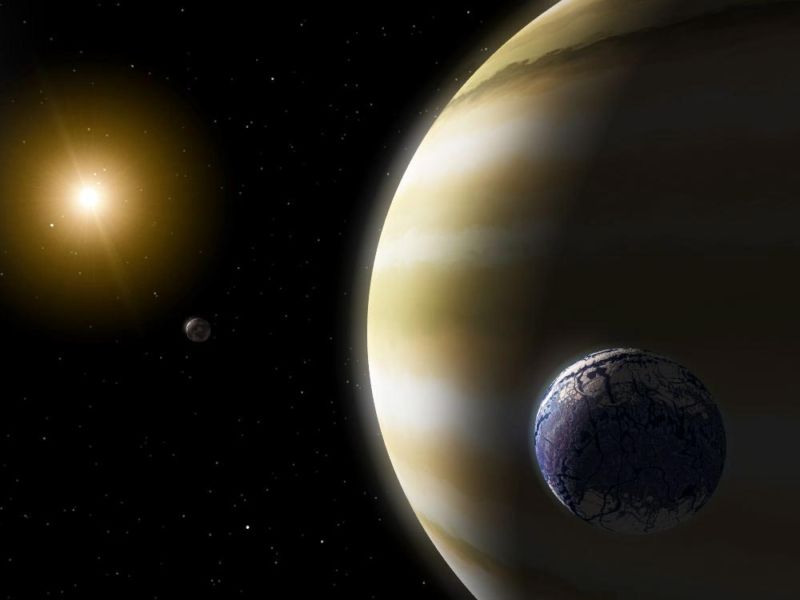Kepler data may hold a Neptune-sized surprise, our first exomoon
Ars Technica » Scientific Method 2017-07-31

Enlarge (credit: NASA/JPL-Caltech)
One of the most important things we've learned from the Kepler mission is that, in many ways, our Solar System isn't unique. Lots of stars have planets, many have multiple planets, and the list of planets includes many with sizes and densities similar to our eight planets. But there are lots of details of our own planets, like the composition and presence of atmospheres, that are much harder to examine at these distances.
One of the features we've not gotten a grip on is the presence of moons. Most of our Solar System's planets have them, and they seem to form by a variety of mechanisms. We'd expect them to be common in exosolar systems, too, but so far we haven't yet spotted any.
A new paper, which goes into extensive detail about the calculations needed to look for an exomoon, makes it clear why: we simply don't have enough observation time to pick one up in most cases. But it also suggests there may be an exception, as the data hints at a Neptune-sized exomoon, though the statistics aren't yet conclusive.